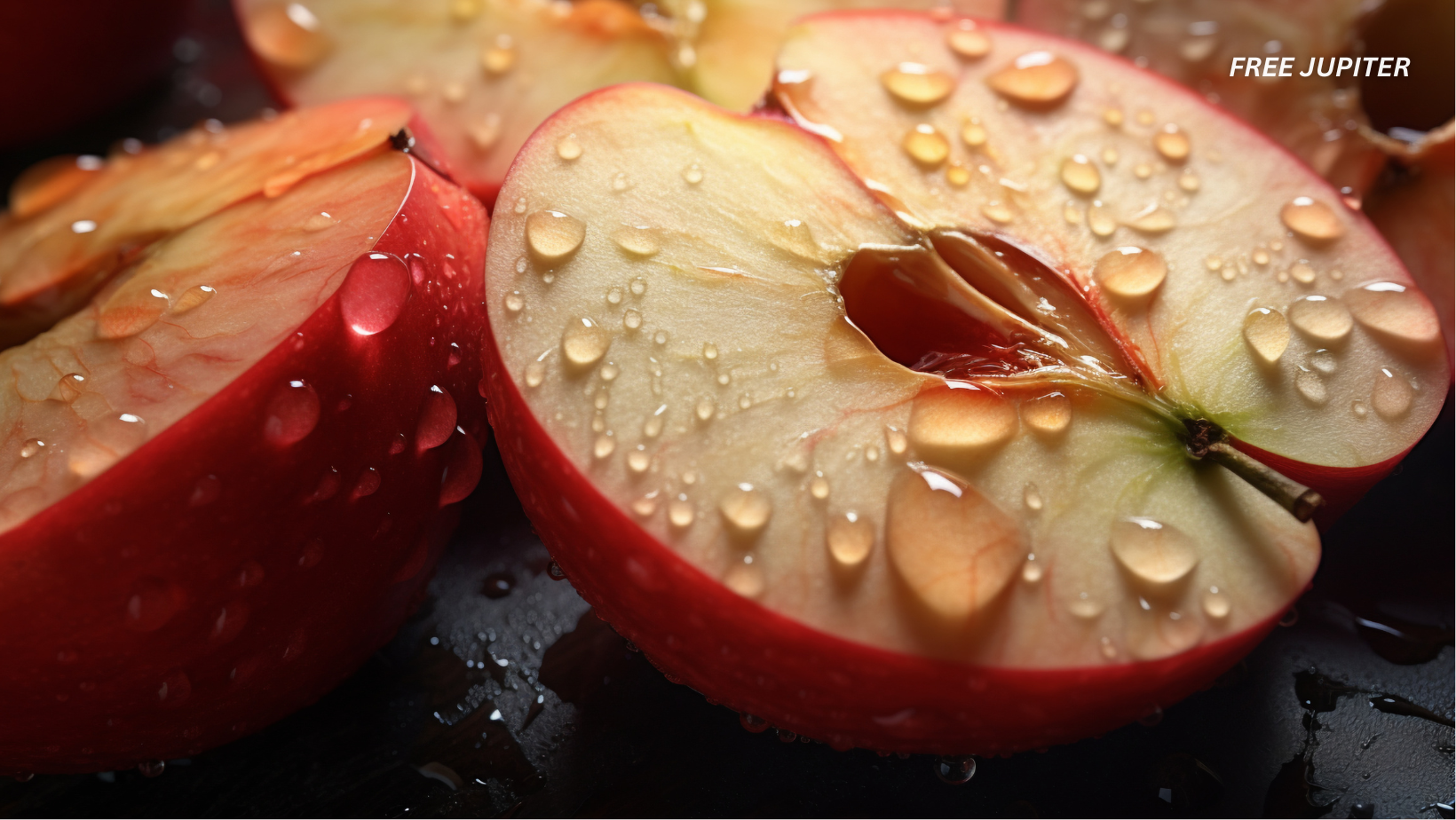Apple cider vinegar (ACV) has a reputation that stretches far beyond modern kitchen cupboards and wellness blogs. Its journey from ancient elixir to contemporary health trend is marked by centuries of evolving uses, scientific scrutiny, and a fair share of myths. Here, we unravel the rich history, scientific evidence, practical uses, and the real risks behind this tangy tonic-offering a comprehensive, quirky, and neutral exploration of ACV.
A Storied Past: From Ancient Egypt to Modern Wellness
The story of apple cider vinegar begins thousands of years ago in the fertile crescent, where apple trees were first cultivated around 4000 B.C. Early civilizations, including the Egyptians and Greeks, discovered that fermenting apple juice yielded a sharp, versatile liquid. By exposing apple juice to airborne yeasts and bacteria, sugars were transformed first into alcohol and then into acetic acid-the primary component of vinegar.
In ancient Egypt, ACV was regarded as a powerful remedy, used to address digestive ailments, heal wounds, and even as a detoxifying agent. It also found a place in food preservation, especially for meats, and as a flavor enhancer. The Greeks and Romans continued this tradition, using ACV for everything from culinary experiments to medicinal concoctions.
The Middle Ages saw vinegar’s reputation as a disinfectant grow, especially during times of plague, when it was believed to ward off infection. By the 17th and 18th centuries, apple cider vinegar was a household staple in Europe and colonial America, used for cleaning, preserving, and as a home remedy. Even as modern medicine took center stage, ACV retained its place in folk traditions, and today, it enjoys renewed popularity as a natural health product.
Read more: This Common Condiment Could Raise Your Risk of Stomach Cancer by 40%, Study Warns
How Apple Cider Vinegar Is Made: The Science of Fermentation
Apple cider vinegar is produced through a two-stage fermentation process:
- Stage 1: Alcoholic Fermentation
Yeast (usually Saccharomyces cerevisiae) converts apple sugars into alcohol. - Stage 2: Acetic Acid Fermentation
Specific bacteria (often Acetobacter pasteurianus) transform the alcohol into acetic acid, giving ACV its signature sourness and pungency.
Modern research has found that using a mixed culture of yeast and lactic acid bacteria (like Lactiplantibacillus plantarum) can enhance the nutritional profile of ACV. This method increases the content of beneficial compounds such as B vitamins, flavonoids, organic acids, and amino acids, while also boosting antioxidant capacity and creating a more complex fruity aroma.
What’s Inside? The Nutritional and Chemical Makeup
Apple cider vinegar is more than just acetic acid. It contains:
- Organic acids (acetic, malic, citric, succinic, lactic)
- Amino acids
- Phenolic compounds and flavonoids (antioxidants)
- Trace minerals (potassium, magnesium)
- Vitamins (notably B vitamins in some preparations)
- The “mother”: a mix of beneficial bacteria and yeast, visible as a cloudy sediment in unfiltered ACV.
These compounds contribute to ACV’s taste, aroma, and potential health benefits. The acetic acid is responsible for its antimicrobial properties, while amino acids and organic acids influence its flavor and possible health effects.
Read more: Himalayan Fungus Discovery Boosts Cancer-Fighting Power by 40 Times, Scientists Say
Potential Health Benefits: What Does Science Say?
1. Blood Sugar and Diabetes Management
Several studies suggest that ACV may help lower blood sugar levels and improve insulin sensitivity. For people with type 2 diabetes, consuming ACV before meals or at bedtime has been shown to reduce fasting blood sugar and post-meal glucose spikes. However, experts caution that ACV should not replace prescribed diabetes medications and should be used as a supplement to a balanced diet and medical guidance.
2. Weight Management
Research indicates that ACV can promote a feeling of fullness, leading to reduced calorie intake and modest weight loss over time. In one study, participants who consumed 1-2 tablespoons of ACV daily lost an average of 3.7 pounds over three months. The effect is likely due to delayed gastric emptying and appetite suppression.
3. Heart Health
ACV may have a positive effect on cholesterol and triglyceride levels. Some studies have found that regular consumption can lower total cholesterol and triglycerides while increasing HDL (“good”) cholesterol, especially when combined with a lower-calorie diet.
4. Antimicrobial Properties
The acetic acid in ACV is effective at killing harmful bacteria and pathogens, making it a useful natural preservative and cleaning agent. It can inhibit the growth of bacteria like E. coli, Staphylococcus, and Candida, and has been used historically to disinfect wounds and preserve food.
5. Digestive and Skin Health
ACV is sometimes used as a digestive aid, helping to balance stomach acidity and improve nutrient absorption. Topically, it can be used to balance skin pH, treat acne, and soothe minor irritations due to its antibacterial properties.
6. Other Purported Benefits
Enthusiasts claim ACV can boost energy, relieve sore throats, support joint health, and enhance immunity, though scientific evidence for these uses is limited or anecdotal at best.
Risks and Side Effects:
Read more: 10 Popular Ultra-Processed Foods Now Linked to Cancer, Study Confirms
Tooth Enamel Erosion
ACV’s high acidity can erode tooth enamel, leading to increased risk of cavities and dental sensitivity. Diluting ACV in water and drinking through a straw can help minimize contact with teeth.
Digestive Issues
ACV can delay stomach emptying, which may lead to bloating, nausea, or even vomiting. For individuals with gastroparesis or sensitive stomachs, this effect can be particularly problematic.
Heartburn and Acid Reflux
Some people experience worsened symptoms of acid reflux or ulcers after consuming ACV. Diluting ACV and limiting intake can reduce these risks.
Bone Loss and Low Potassium
Excessive ACV intake has been linked to low potassium levels and, in rare cases, bone loss. This is thought to occur as the body attempts to neutralize the high acidity, drawing calcium from bones.
Medication Interactions
ACV can interact with certain medications, including insulin, diuretics, and heart medications like digoxin. These interactions can lead to dangerously low potassium levels or other complications. Always consult a healthcare provider before adding ACV to your routine if you take these medications.
How to Use Apple Cider Vinegar Safely
To harness ACV’s potential benefits while minimizing risks, consider the following guidelines:
- Dilute before drinking: Mix 1-2 tablespoons in 6-8 ounces of water, juice, or tea.
- Limit frequency: Once or twice daily is generally considered safe for most people.
- Use in food: Incorporate ACV into salad dressings, marinades, or as a flavor enhancer.
- Topical applications: Dilute before applying to skin or scalp to avoid irritation.
- Monitor for side effects: If you experience discomfort, reduce dosage or discontinue use.
Beyond the Glass: Creative Uses for ACV
ACV’s versatility extends beyond health tonics. It can be used as:
- A natural cleaner and deodorizer
- A fruit and vegetable wash
- A hair rinse (for shine and scalp health)
- A facial toner (when diluted)
- A preservative for pickling and fermenting foods
- A marinade for meats and vegetables
The Bottom Line: ACV Is No Miracle, But Has Its Place
While apple cider vinegar isn’t a cure-all, it does offer some scientifically supported benefits-especially for blood sugar control, weight management, and antimicrobial uses. However, its effects are generally modest, and it should be seen as a supplement to, not a replacement for, a balanced diet and healthy lifestyle.
If you’re considering adding ACV to your routine, start small, dilute it well, and consult your healthcare provider if you have any underlying health conditions or take medication. And remember: no single food or supplement can replace the foundation of good health-nutritious eating, regular movement, quality sleep, and stress management.
In the ever-evolving landscape of wellness trends, apple cider vinegar stands out for its rich history, unique chemistry, and the blend of myth and science that continues to surround it. Whether you splash it on your salad or swirl it into your morning drink, ACV remains a tangy testament to the enduring appeal of nature’s simplest remedies.










